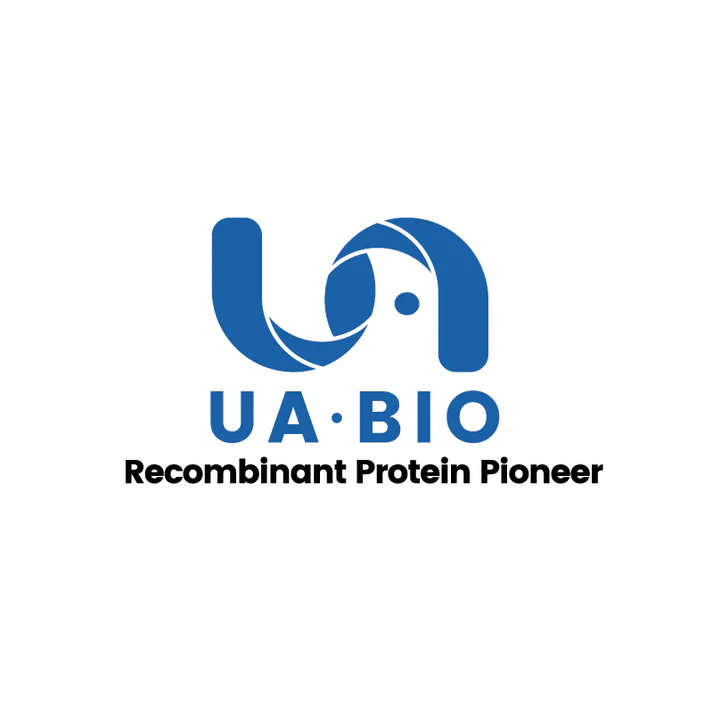Marker(100 bp~2000 bp):1 ul
Lane1、Negative Control (The mixture substrate of Double-stranded RNA and Single-stranded RNA)
Lane2、Mixture substrate + Competitive product RNase III 1 U
Lane3、Mixture substrate + Competitive product RNase III 2 U
Lane4、Mixture substrate + Competitive product RNase III 4 U
Lane 5、Mixture substrate + UA RNase III 1 U
Lane 6、Mixture substrate + UA RNase III 2 U
Lane 7、Mixture substrate + UA RNase III 4 U
Product Details
Product Details
Product Specification
| Synonyms | Ribonuclease 3,Ribonuclease III,RNase III |
| Amino Acid Sequence | / |
| Molecular Weight | 70 kD |
| Purity | >95% by SDS-PAGE |
| Conjugation | Unconjugated |
| Physical Appearance | Liquid |
| Storage Buffer | 500 mM NaCl、10 mM Tris-HCl、0.5 mM EDTA、1 mM DTT、50% Glycerol (pH 8 @ 25°C) |
| Reconstitution | / |
| Stability & Storage | Store at -25 ~ -15℃ for 2 years |
| Reference | [1] Nicholson AW. Ribonuclease III mechanisms of double-stranded RNA cleavage. Wiley Interdiscip Rev RNA. 2014 Jan-Feb;5(1):31-48. [2] Wu CX, Xu XJ, Zheng K, Liu F, Yang XD, Chen CF, Chen HC, Liu ZF. Characterization of ribonuclease III from Brucella. Gene. 2016 Apr 1;579(2):183-92. [3] Sun, Weimei et al. Catalytic mechanism of Escherichia coli ribonuclease III: kinetic and inhibitor evidence for the involvement of two magnesium ions in RNA phosphodiester hydrolysis. Nucleic Acids Research 33 (2005): 807 - 815. |
Background
The processing of double-stranded(ds) RNA by RNase III family members is an essential step in the maturation and decay of coding and noncoding RNAs, including miRNAs and siRNAs. RNase III family members share a unique fold (RNase III domain) that can dimerize to form a structure that binds dsRNA and cleaves phosphodiesters on each strand, providing the characteristic 2 nt, 3'-overhang product ends. RNase III converts long double-stranded RNA into a heterogeneous mix of short (18–25 bp) interfering RNAs (siRNA).
Components
Storage Solution: 2U/μl RNase Ⅲ、500 mM NaCl、10 mM Tris-HCl、0.5 mM EDTA、1 mM DTT、50% Glycerol(pH 8 @ 25°C) 10*Reaction Buffer: 500 mM Tris-HCl、1 mM DTT 50 mM NaCl (pH 7.5 @ 25°C) 10*EDTA: 500 mM 10*MnCl2: 200 mM
Protocol
Set-up a typical reaction as follows 1)Add the following components in sequence 2)Incubate at 37°C for 20 minutes This reaction can be scaled up according to experimental needs.
Guidelines
Please avoid repeated freeze-thaw cycles.
Unit Definition
Picture
Picture
Bioactivity
SDS-PAGE
1μg (R: reducing condition, N: non-reducing condition).
RP-HPLC


